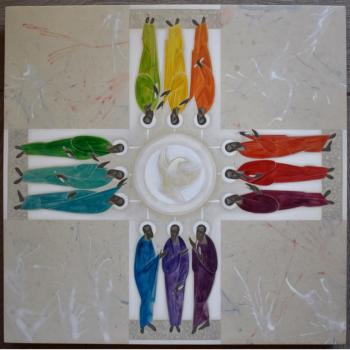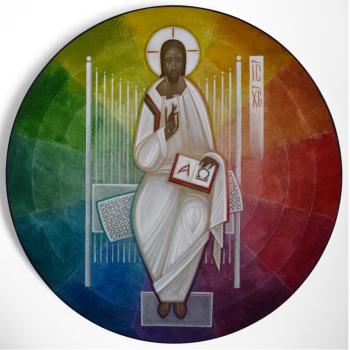Separation of referring and defining is at the very heart of metaphorical speaking and is what makes it not only possible but necessary that in our stammering after a transcendent God we must speak, for the most part, metaphorically, or not at all.1
In reading N.T. Wright’s newest tome Paul and the Faithfulness of God, I was reminded of the importance of understanding the nature of metaphor if we have any hope of interpreting the Scriptures accurately (or human language in general, for that matter). Metaphor is not only critical for understanding language and reality but it’s essential if we wish to shape it as well.
Towards this end, I’m recycling a blog post I wrote a couple years back on metaphor. You can read it by clicking this link: “What the World Needs Now.” This post captures the early stages of my study on metaphor and I’m probably long overdue for a fuller treatment of the topic. If you’re really interested in digging into metaphor, the first place to go is Janet Martin Soskice’s Metaphor and Religious Language.
Mike Metzger, Founder and President of the Clapham Institute, graciously let me write a blog for his weekly blog called Doggie Head Tilt back in 2011. Mike’s weekly blog is well worth reading if you’ve not been introduced to him before. His most recent blog “Me Too People” is a good place to start. In fact, you should probably subscribe to have it emailed to your inbox every Monday morning.
1. Janet Martin Soskice, Metaphor and Religious Language (Oxford University Press, 1985), 140.











